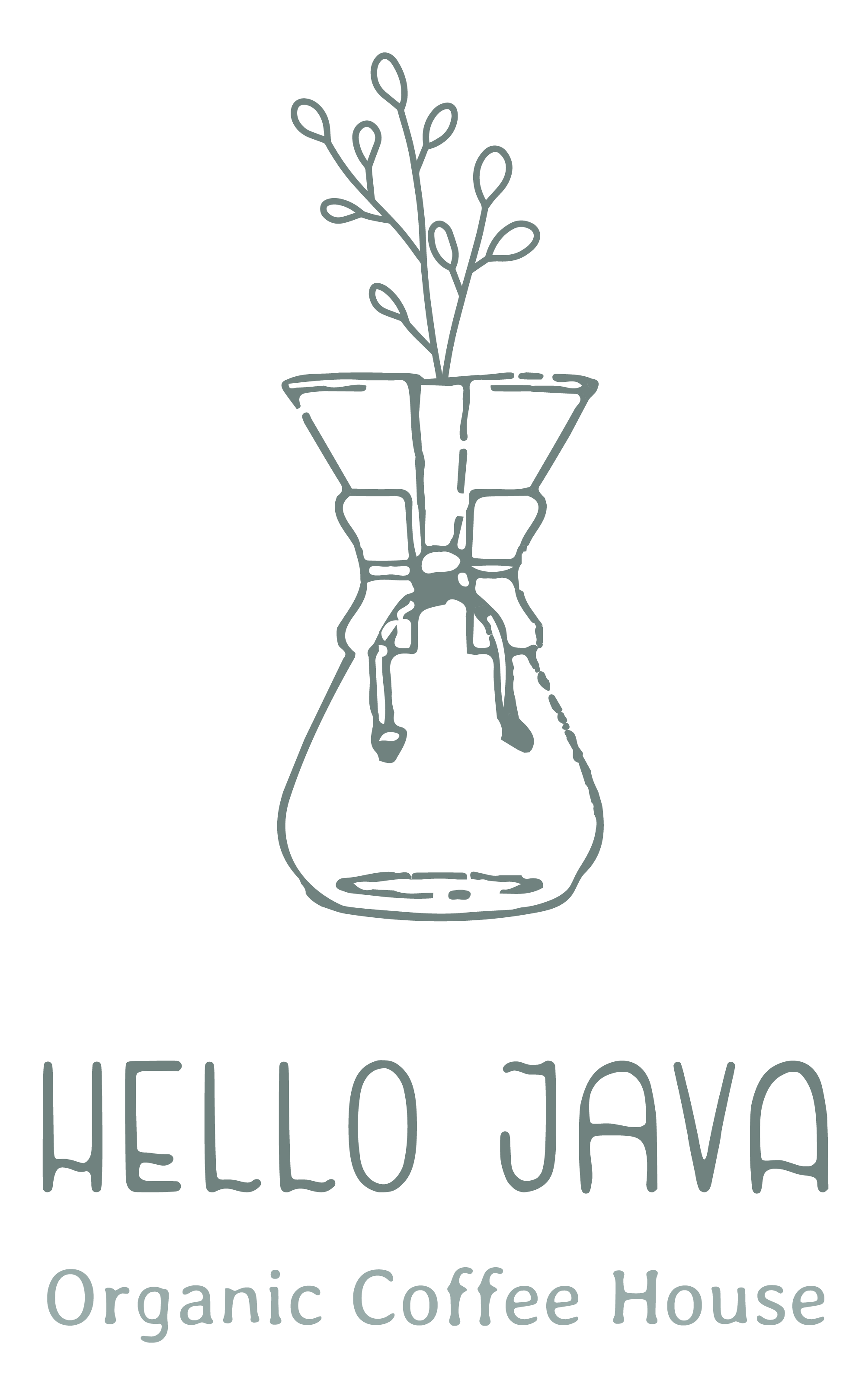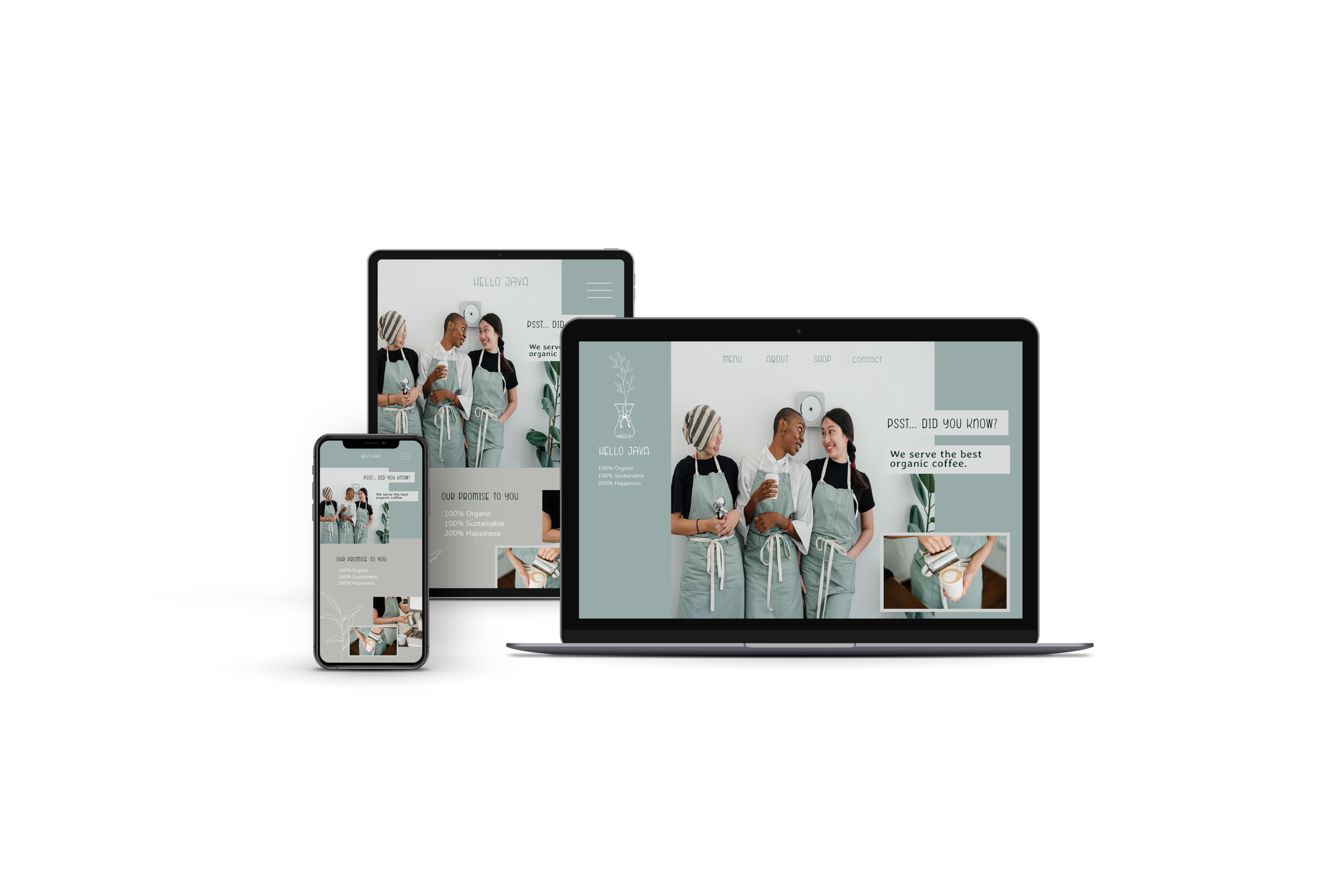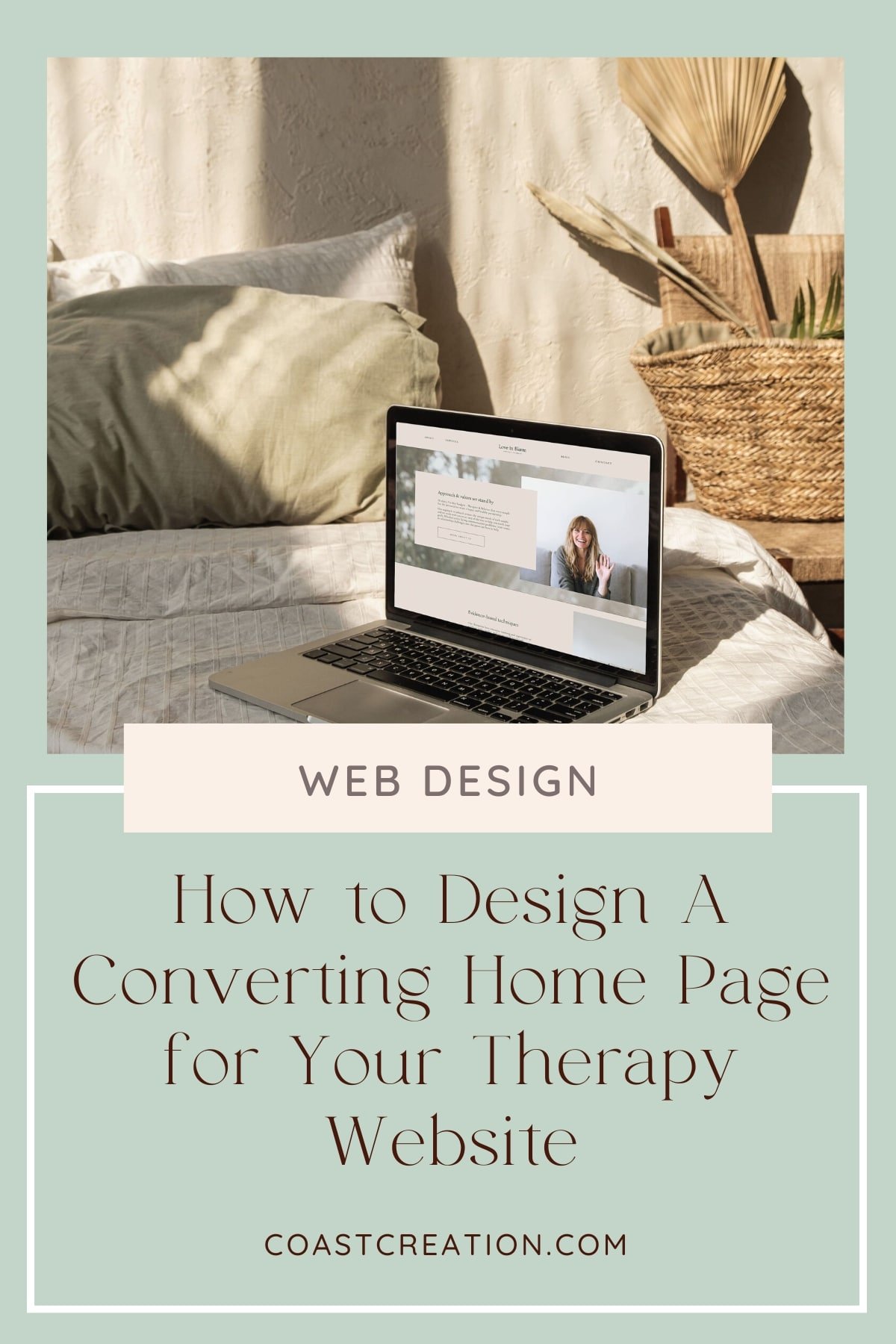All You Need To Know About Branding-From Strategy to Design
"Can I not just create my own logo on Canva?", most small businesses and business starters might ask themselves. Yep, this is something you CAN do. Whether it's a good idea is another question.
Because here is the thing: Your business and brand are more than just a logo.
Branding is the visual reflection of your entire company - including the emotions you want your brand to evoke in your ideal customers. Branding goes beyond logo design and choosing a few colours and fonts. It's a process of strategically aligning your goals with what your customers want to reach them emotionally and position yourself and your company in their minds.
Imagine you have created a simple logo because you like it, and you think "it looks kind of cute".
But ….
Will the clients you want to work with like it too?
What will they think of when they see it?
And what if you personally like the colour orange, but you want to be a sophisticated brand at the same time?
What if I told you right now that the brand colour orange is considered a cheap or creative colour by most people, but not a luxurious colour...?
Would you make a different decision then?
If you want to learn more about how to link brand colours to your brand personality, read this article.
The point is this: Good branding comes with brand strategy.
Branding without strategy is simply art.
Knowing what your brand stands for, who the customers you want to serve are, and what emotions you want to evoke is the core foundation of your visual presence - also called brand identity.
Okay, so we already know that brand strategy is the first step and the most important foundation for your branding process. What comes next? The creation of your brand identity.
Creating a brand identity involves different parts that you might not even think of at first. Let’s bring them all together and explain what all these things are that graphic designers actually talk about.
Logo Design
Your logo is the most important image that comes to people's minds when they think of you. It encompasses all the important parts and often includes your logo symbol and fonts.
Your main logo is often placed at the top of your desktop website, on large printed materials, your products or merchandise.
In addition to the main logo, designers often create an alternative logo. Sometimes the alternative logo is referred to as a secondary logo. This alternative logo may contain just the symbol or only the fonts.
Why do I need a secondary logo?
A secondary logo comes in handy when you need to adapt it to different formats and dimensions. It's good to have options if you want to use your logo in social media, print products, or ads. Nike, for example, has become such a famous brand that people only need the swoosh to recognise the branding. However, to this day, the company also uses its alternative logo with the actual Nike font. To summarise, the alternative logo gives you the opportunity to be more flexible in your business and cater to different formats and occasions.
Your alternative logo is often placed at the top of your mobile website, on smaller printed materials such as business cards, possibly on products, invoices, and social media channels.
Main logo example
Alternative logo example
Submark
What is a brand submark?
Submark logos or trademarks are basically the smaller and simpler version of your main brand design. It is often depicted as a small, circular logo with your brand's initials.
Submark logos are great for places where there is very little space, and are sometimes used on social media to prevent content from being copied too easily.
You can place your submark on smaller print pieces, images on social media, and in the footer of your website.
Favicon
If you are anything like me, you have probably had the experience of having many internet tabs open at once. Have you noticed that there are all these little images on the tabs? Those are favicons. They are basically a cute little mini logo that represents your brand.
Since these images are so tiny, it's recommended to keep a favicon as simple as possible. Some businesses even choose to simply include a circle or square in their colour as a favicon.
Fonts
Your logo will certainly consist of a symbol and letters that contain the name of your business. These letters can come in all sorts of shapes. The most typical distinctions between fonts are serif, sans serif, script, and handwritten fonts.
Different fonts express different emotions. While serif fonts are considered more traditional and luxurious, sans serif fonts are a bit younger, trendier, and bolder. Scripted and handwritten fonts can appear more creative or feminine, depending on how the font looks like. When you combine fonts in certain ways, you can create very different emotions and meanings.
You see what I mean?
Brand colours
A cohesive and well-coordinated colour palette is one of the components of brand design. Ideally, you should aim for 5-6 colours. A good colour combination is to choose 1-2 lighter background colours and 1-2 darker font colours that work well together. It's always a good idea to pick 2 main brand colours that you will repeat most often, and use 1 colour as an accent to highlight certain content like buttons on your website.
Good brand designers understand the power of different colour schemes and colour psychology. However, I always stress the importance of testing your branding on your ideal client and not simply relying on the theory of colour psychology because everyone perceives different colours differently.
Brand Strategy Roadmap Workbook
Develop your own aligned Brand Strategy FOR FREE in 5 simple steps
Learn what brand strategy is and how to develop your own Brand Strategy to set up your business for success and attract your ideal clients
Get crystal clear on your plan and next steps
Branding elements / patterns
In addition to your logos, fonts, and colours, your brand could also include repetition of elements such as patterns, textures, and graphic elements.
Some business owners display handwritten symbols or repeated patterns on their website to promote brand recognition in the minds of their customers.
Brand Style Board - Brand Style Guide
Once you and your brand designer have finalised your brand identity, your designer will summarise all the essential elements in a brand style board. This board displays all the pieces in one document and makes it easy for you to refer back to and stay on brand when you put it into action. To make sure you can use all of your designs, your brand designer should send you all parts of your brand style board, such as the main logo, alternative logo, submark, favicon, and graphics in formats like png, jpg, pdf, svg, and ai.
With all these formats, you can upload your logos to your website or send them to a company to design printed marketing materials for you, if you need a third party provider besides your brand designer to do it for you.
A style guide for your brand is not always included in branding packages. However, it is still a good idea to give you an idea of what your brand will actually look like once it comes to action.
Great brand designers test their design on marketing materials to make sure the design actually works once its put into action. This is why I always create a brand style guide for my clients to make it easier for them to visualise what their social media and website designs may look like down the road, should they decide to create social media graphics or their own website themselves.
Great brand designers test their design on marketing materials to make sure the design actually works once its put into action. This is why I always create a brand style guide for my clients to make it easier for them to visualise what their social media and website designs may look like down the road, should they decide to create social media graphics or their own website themselves.
I hope this has helped you to better understand what to expect when working with a brand designer, and how the results will be implemented and benefit you and your business.
If you are still looking for branding support, check out my portfolio :)
Meet your brand designer
Welcome the Blog
I’m Brand Strategist & Squarespace Website Designer and support you in building an emotional connection to your ideal clients through your Branding and Website
















